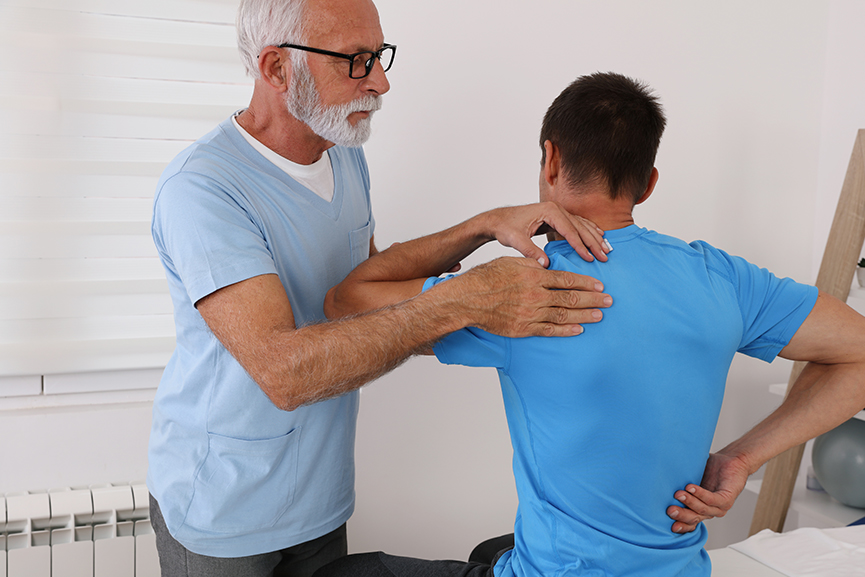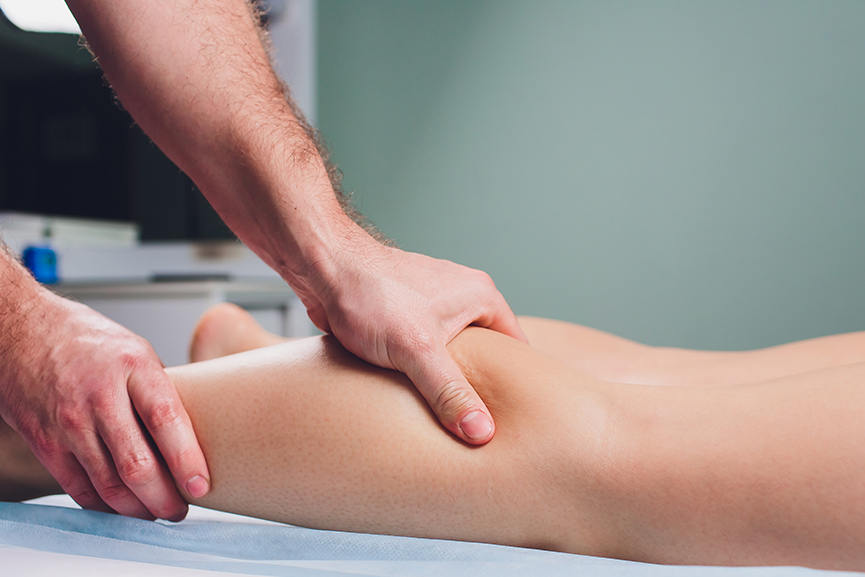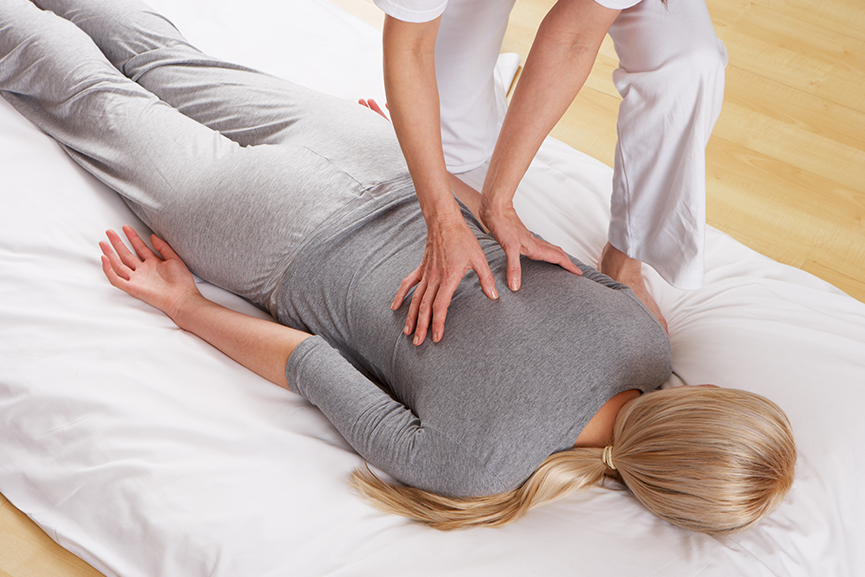Healthpointe Physical THerapy
Manual Therapy

State of the Art Rehabilitative Equipment and Services:
<brManual Therapy
Manual Therapy
Manual therapy is a hands-on approach to treating musculoskeletal and neuromuscular conditions by physical therapists. It involves a variety of techniques, such as joint mobilization, soft tissue mobilization, and muscle energy techniques. Manual therapy aims to improve joint mobility, reduce pain, and increase range of motion.
Physical therapists may use manual therapy as a standalone treatment or in conjunction with other interventions, such as exercise and education, to achieve optimal outcomes for their patients.
The following is a list of manual therapy options offered at Healthpointe Physical Therapy.
Soft Tissue Mobilization
Soft tissue mobilization is a technique used in physical therapy to address musculoskeletal pain and dysfunction. It involves the manual manipulation of soft tissues such as muscles, fascia, and tendons to improve range of motion, increase flexibility, and alleviate pain. Soft tissue mobilization can be performed through a variety of techniques, including massage, myofascial release, and trigger point therapy.
Additionally, physical therapists may use assistive devices such as walkers or canes to help patients achieve a stable gait. Ultimately, successful gait training can improve a patient’s quality of life by enabling them to move more easily and independently.

Joint Mobilization
Joint mobilization is a manual therapy technique commonly used in physical therapy to improve joint mobility and decrease pain. It involves skilled passive movement of a joint through its available range of motion, with the goal of restoring proper joint mechanics and reducing joint stiffness. Joint mobilization can be performed by a physical therapist using various grades of force and techniques, depending on the patient’s needs and goals.
This technique can be particularly beneficial for patients with joint dysfunction or pain, such as those with arthritis, frozen shoulder, or back pain. The effectiveness of joint mobilization depends on several factors, including the patient’s condition, the therapist’s skill and experience, and the patient’s active participation in the treatment process.
Hand Therapy
Hand therapy is a specialized field within physical therapy that focuses on rehabilitating and restoring function to the upper extremities, including the hands, wrists, and arms. Hand therapists possess a deep understanding of the complex anatomy and biomechanics of the hand and are trained to treat a wide range of conditions such as fractures, tendon and nerve injuries, arthritis, and post-operative rehabilitation.
Through a combination of manual techniques, therapeutic exercises, splinting, and modalities, hand therapists aim to alleviate pain, increase range of motion, improve strength and dexterity, and enhance overall hand function. Their expertise extends to customizing treatment plans to meet the unique needs of each patient, with the ultimate goal of promoting independence and optimizing quality of life for individuals experiencing hand-related impairments.
Massage (Therapeutic and Acupressure)
Massage therapy is a widely used physical therapy technique that involves manipulating the body’s soft tissues to alleviate pain, tension, and stress. Therapeutic massage is often used to reduce muscle tension and promote relaxation, while acupressure involves applying pressure to specific points on the body to relieve pain and improve overall well-being.
Both techniques can be beneficial for a variety of conditions, including back pain, headaches, and muscle strains. However, it is important to consult with a Healthpointe physical therapist to determine if massage therapy is appropriate for your specific needs and to ensure that the technique is performed safely and effectively.

Strain and Counterstrain Technique
Strain and counterstrain is a manual therapy technique used in physical therapy to address musculoskeletal pain and dysfunction. It involves the passive positioning of the patient’s affected joint or muscle in a position of minimal strain, followed by a brief hold and release. This technique is based on the principle that by placing the affected area in a position of reduced strain, it is possible to reduce muscle spasm and alleviate pain.
Strain and counterstrain can be used to treat a variety of conditions, including joint and muscle pain, headaches, and neck and back pain. It is a gentle, non-invasive technique that can be used in conjunction with other treatment modalities to help patients achieve optimal outcomes. Physical therapists trained in strain and counterstrain use their hands to position the patient’s body in a comfortable and pain-free position, making it a safe and effective technique for patients of all ages and levels of mobility.

